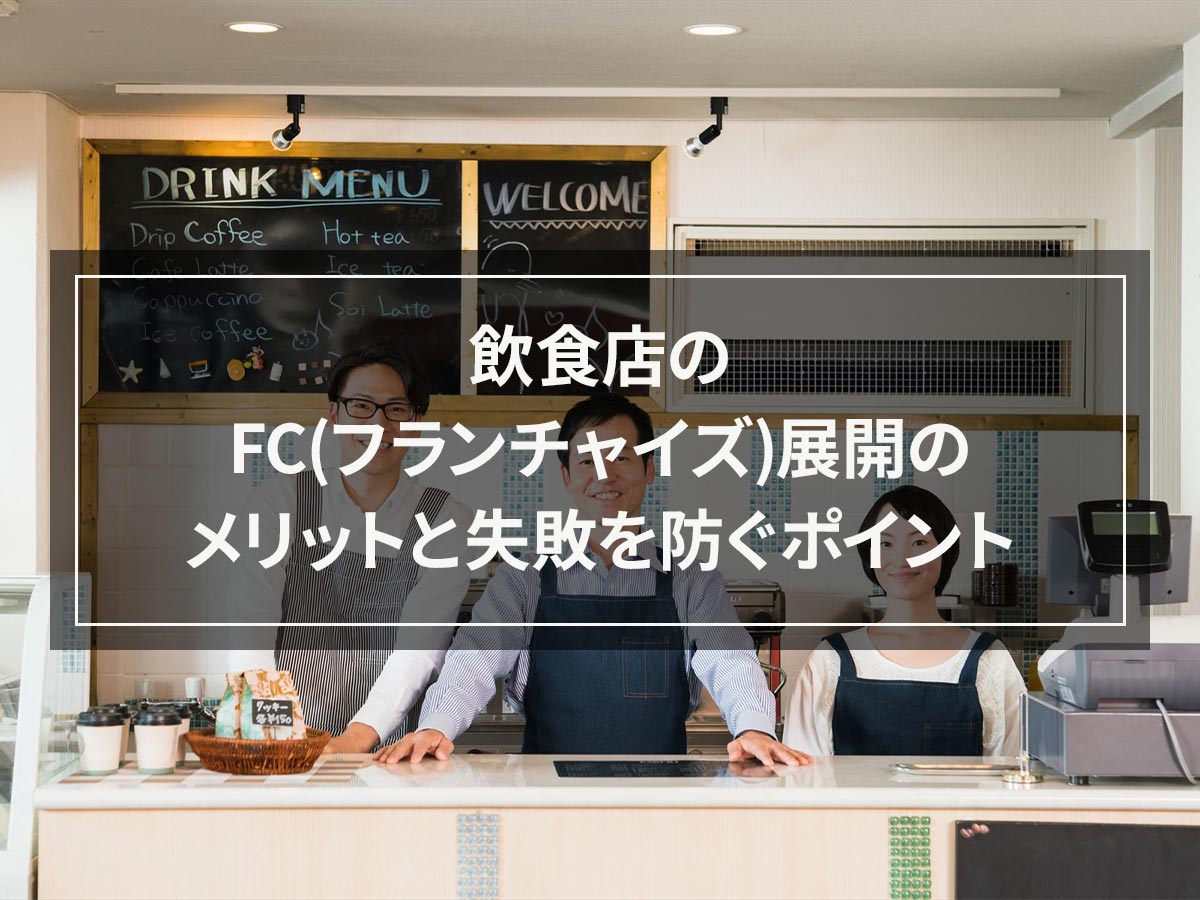Solved by introducing rapid freezing! Issues and efforts faced by fisheries cooperatives
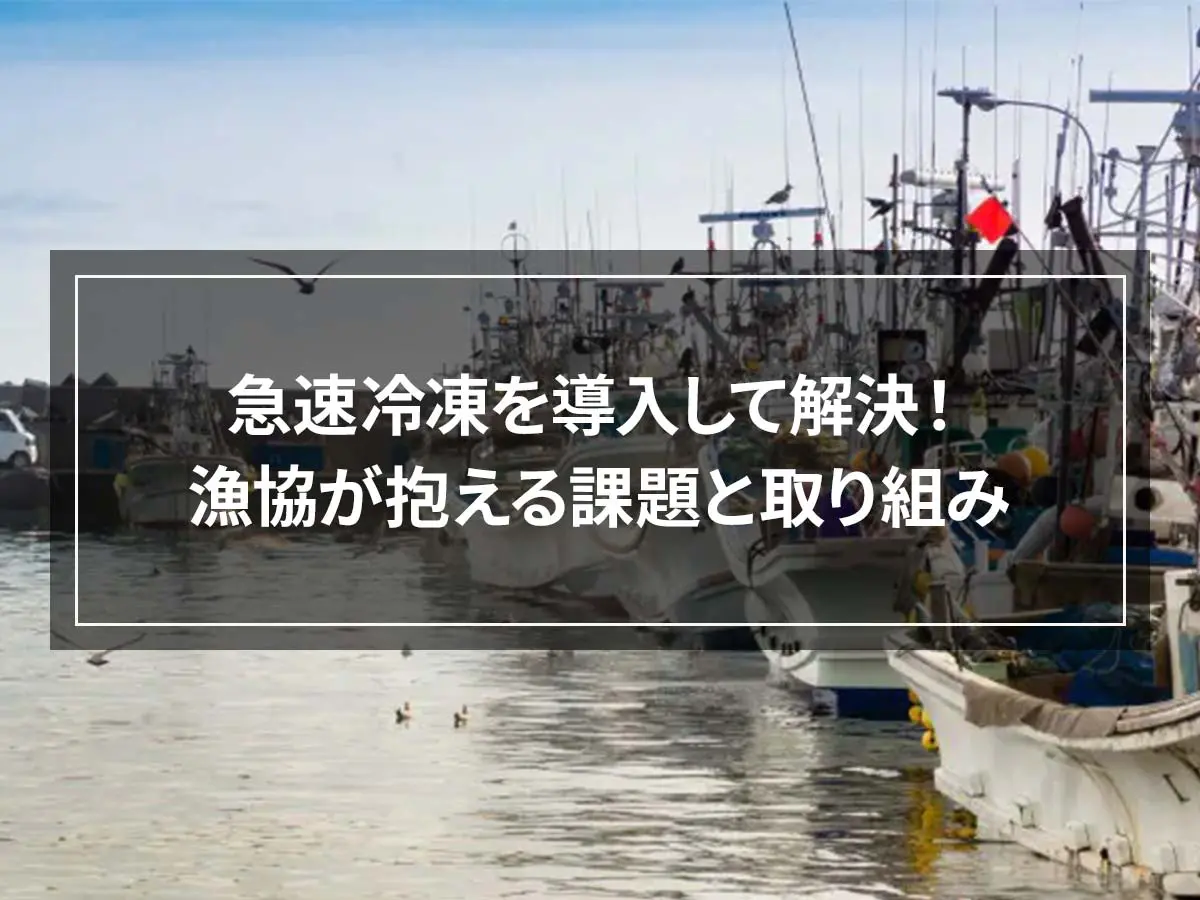
What kind of problems do fishermen's cooperatives face because they are engaged in fisheries that are easily influenced by natural factors such as weather?
In the fishing industry, there are problems in that the amount of catch is not stable, making it difficult to supply fish all year round, and it is difficult to maintain freshness, making it difficult to expand the distribution range. In addition, substandard seafood may be traded at low prices or discarded, resulting in unused seafood.
As one solution to this problem, we recommend installing rapid freezer.
rapid freezing allows for long-term storage while maintaining freshness and quality. As a result, stable supply and wide distribution become possible.
It will become possible to develop new products using fish that have not been used before, which will lead to the revitalization of the fishing industry.
We will introduce the solutions that can be solved by introducing rapid freezer, and the efforts of the Kushiro City Fisheries Association and the Lake Shikotsu Fisheries Association as an example of introducing rapid freezer.
目次
Issues and problems faced by fishing cooperatives
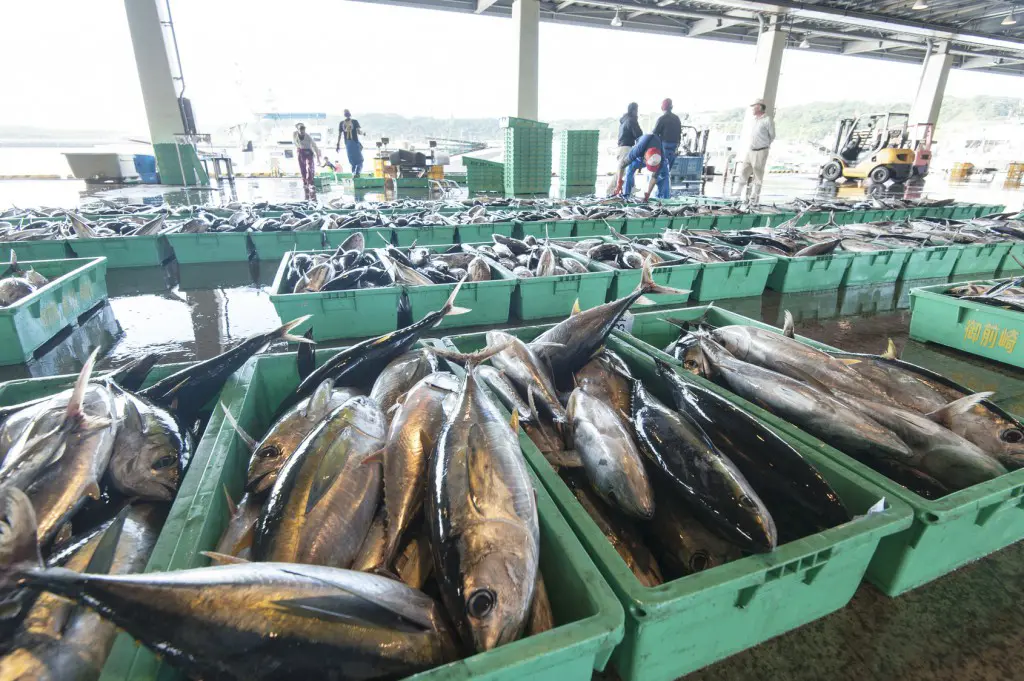
Stable supply throughout the year is difficult
In fishing, the amount of catch is not constant, making it difficult to maintain a stable supply. Depending on the weather and season, there may be days when the catch is low or you cannot go fishing.
In addition, it is difficult to supply seafood throughout the year due to closed fishing seasons. There are closed seasons for shellfish such as oysters and some fish, during which you cannot fish.
Difficult to expand distribution range
Seafood, which is difficult to maintain freshness, is often produced locally for local consumption, making it difficult to distribute it widely.
For example, raw whitebait cannot be eaten raw unless it is freshly harvested, as it is difficult to maintain its freshness. Therefore, they are mostly sold at markets and restaurants near fishing ports.
In addition, in areas such as remote islands where there is no market on the island, it takes time to get the food to the market, and the freshness of the product decreases during that time. This incurs transportation costs and lowers the value of the product, so it is often traded at a lower price, making it less profitable.
There will be unused fish
There are many unused fish that are difficult to trade legally because they are substandard.
Fish whose size does not meet regulations, such as small mackerel and grunt, and seafood that is considered substandard due to lot size are often traded at low prices.
It may also be used as feed for aquaculture or discarded.
Difficult to develop distribution routes
The amount of seafood caught is unstable depending on the season and weather, so it is difficult to partner directly with supermarkets and restaurants.
As a result, they tend to rely on existing distribution routes via the market.
The problem is that it is difficult to develop new distribution routes and sales outlets.
What can be solved by introducing rapid freezer
rapid freezing allows food to be frozen without destroying cells, allowing for long-term storage without sacrificing freshness or quality.
As a result, it is possible to stably supply seafood of the same quality as freshly caught to a wide range of areas. This will allow you to use seafood more effectively.
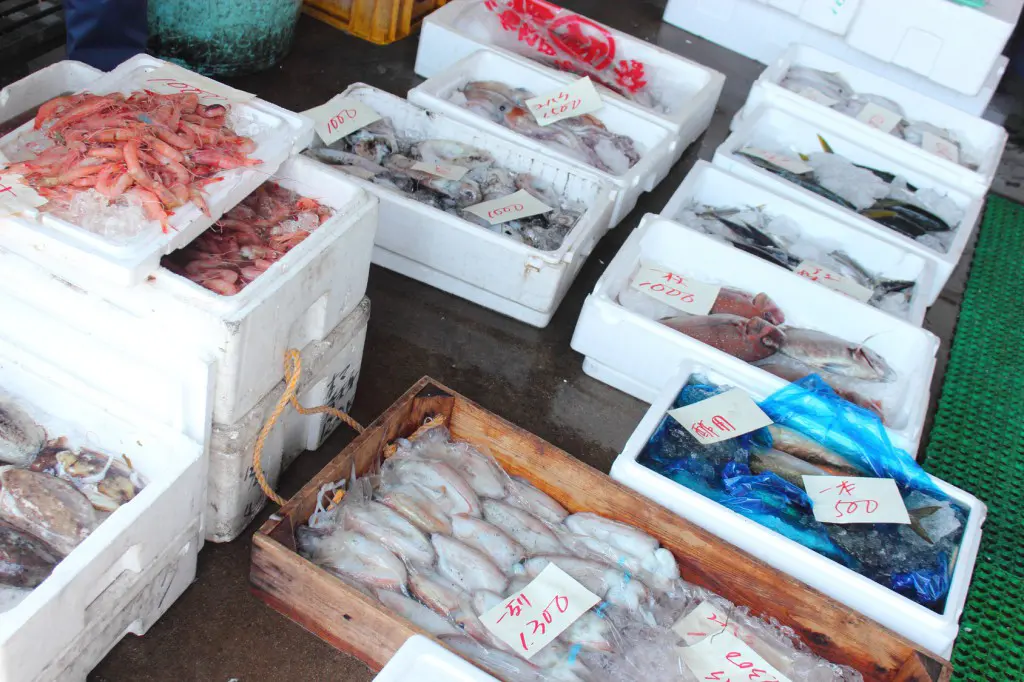
Can be supplied throughout the year
By rapid freezing and preserving the fish caught during periods of high catch, you can use it for periods when catches are low or when the weather is too bad to go fishing. This allows for a stable supply of seafood, regardless of the amount of fish caught, and even when there is a closed season for fishing.
Since it can be frozen and stored with the same quality as freshly caught, even seafood that tends to lose its freshness can be provided with the same quality as fresh products. In addition, by storing the most delicious seasonal foods for a long period of time, you can extend the period when they are in season.
Can expand distribution range
Since the freshly harvested quality can be maintained for a long period of time, it can be distributed over a wide range of areas without compromising freshness or quality. It is possible to distribute freshly caught seafood even to large consumption areas far away from fishing ports.
Because it is frozen, it has a long shelf life and can be distributed nationwide and even overseas.
In addition, the fish can be kept fresh enough to be eaten as sashimi, and can be sold with added value as fresh seafood delivered directly from the farm.
Unused fish can be used effectively
rapid freezing allows you to make effective use of unused fish. For example, unused fish can be processed into surimi and used as raw material for fish paste, fish balls, hamburgers, etc.
You can develop new products by using things that have not been used before. Since it can be stored for a long period of time, a variety of products can be manufactured using stable raw materials.
Enables stable production and expands distribution routes
Stable production is possible by rapid freezing caught seafood, processing and selling it. Since we can supply stable quality and quantity, we can expand our shipping destinations to include restaurants, supermarkets, school lunches, nursing care facilities, and seafood processing plants.
Since we can form partnerships without going through the market, we can expand distribution routes and increase the income of fishermen.
Introducing introduction examples and initiatives for rapid freezer
Initiatives of Kushiro City Fisheries Cooperative
Since it is difficult to have a stable supply of seafood, it is difficult to form partnerships for direct delivery from the farm, but the Kushiro City Fisheries Cooperative in Hokkaido is collaborating with a consumer cooperative to sell products delivered directly from the farm.
In 1998, the Kushiro City Fisheries Cooperative opened a seafood processing plant, the ``General Distribution Center,'' right next to the fishing port, in order to actively distribute locally caught seafood. In 2007, a tunnel-type rapid freezer was installed at the seafood processing plant operated by the fisheries cooperative. We are working on the development of processed marine products such as saury fillets and muki squid for sashimi.
By establishing a production system, we are now able to produce ``Sanma Sanma Grated Sanma Made from Raw'' in partnership with the Co-op. The manufacturing process involves using a machine called a saury fisher to cleanly remove the head, internal organs, backbone, etc., and cut the saury into three pieces. Then, the washed and cleaned saury fillets are rapid freezing.
Freeze at -48℃ for about 7 minutes using a tunnel-type rapid freezer with a conveyor belt. Because we can quickly freeze and process saury using a large rapid freezer, we can produce the entire sales volume for a year in just a few months, even when the fishing season is limited.
The manufactured products are sold at the co-op as ``frozen products that can be eaten as sashimi'' and are selling well. It is easy to use because it is pre-processed and can be used for a variety of dishes such as sautéing, grilling, and frying. Because of its freshness, it can also be eaten as sashimi.
It is also shipped to local processing companies as raw material for processing. It is processed into things like aburi saury and sold at conveyor belt sushi restaurants and events. Stable shipments lead to stable income for those involved in the fishing industry.
Initiatives of Lake Shikotsu Fisheries Cooperative
The Lake Shikotsu Fisheries Cooperative in Hokkaido is engaged in fishing and breeding of Japanese red trout. In addition to preserving the environment of Lake Shikotsu, we are focusing on the proliferation of Japanese red trout and regional revitalization using Japanese red trout. As part of this effort, we are serving dishes using Himemasu at local restaurants.
For reasons of nature conservation, the fishing season for Himemasu is only open from June to August. During the non-fishing season, we used to serve frozen brown trout using conventional freezing methods. However, the disadvantage of freezing is that the quality deteriorates.
rapid freezing allows fish to remain fresh and of good quality for a long period of time without destroying its cells. As a result, we are now able to provide high-quality Japanese red trout throughout the year. We sell local delicacies such as ``Akihime Ontama Rice.'' Furthermore, we are expanding our sales channels not only to local restaurants and accommodation facilities, but also to restaurants in urban areas.
By establishing a production system, we have been able to promote the branding of Himemasu, which has also led to the revitalization of tourism. We also aim to attract more customers by making red trout fishing a tourist attraction.
Conclusion
rapid freezing allows seafood to be preserved for long periods of time while maintaining its freshness and quality.
This will allow for a stable supply and make it possible to distribute high-quality seafood to a wide range of areas.
If you are a fishing cooperative facing similar issues, why not consider using rapid freezer, as it can make more effective use of seafood and revitalize the fishing industry.








![[Storage period increased by 30 times! ] Achieving a stable supply of raw whitebait!](https://shunkashutou.com/wp-content/uploads/2016/11/579c55e6d32e1385c250e8e7c3ed59a71.jpg)
![[Sales increased 100 times! ] rapid freezing the signature menu “Ni-katsu sandwich”!](https://shunkashutou.com/wp-content/uploads/2016/11/IMG_02391.jpg)
![[Horse sashimi] We have significantly reduced waste loss with rapid freezer!](https://shunkashutou.com/wp-content/uploads/2016/11/5fda59d0cbcdabde18e58c3c58c09ed0.jpg)




![[Storage period increased from 3 days to half a year! ] Restaurants are expanding their business using wholesale and mail order!](https://shunkashutou.com/wp-content/uploads/2018/04/66c19942ab4ba346fdb64ccc04cde373.png)
![[Reduce loss from 200 kg of oysters to zero] Improve loss and expand business with rapid freezer](https://shunkashutou.com/wp-content/uploads/2018/06/19785ca583a8d3c4041c7c192d041b0d.jpg)














![[Delicious frozen squid recipe! ] Tips on how to eat squid deliciously and without waste](https://shunkashutou.com/wp-content/uploads/2023/10/f3bc339b6bcaff01bd8e2aaa4257acfe.jpg)

![Introducing how to freeze and thaw whitebait, as well as recipes for its use [Full of nutrition! ]](https://shunkashutou.com/wp-content/uploads/2023/10/04d15012ec36f91a5574f63dfa9d4771.jpg)
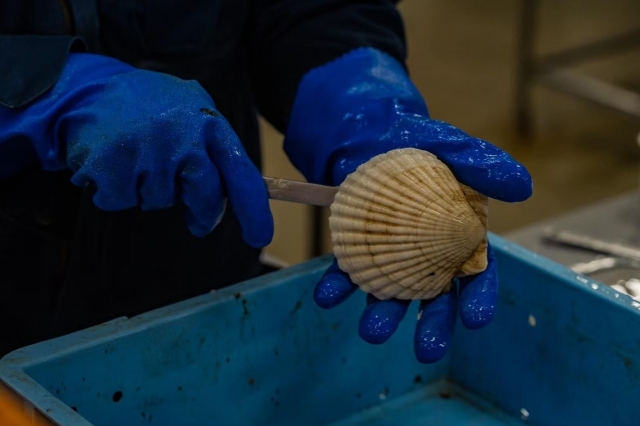
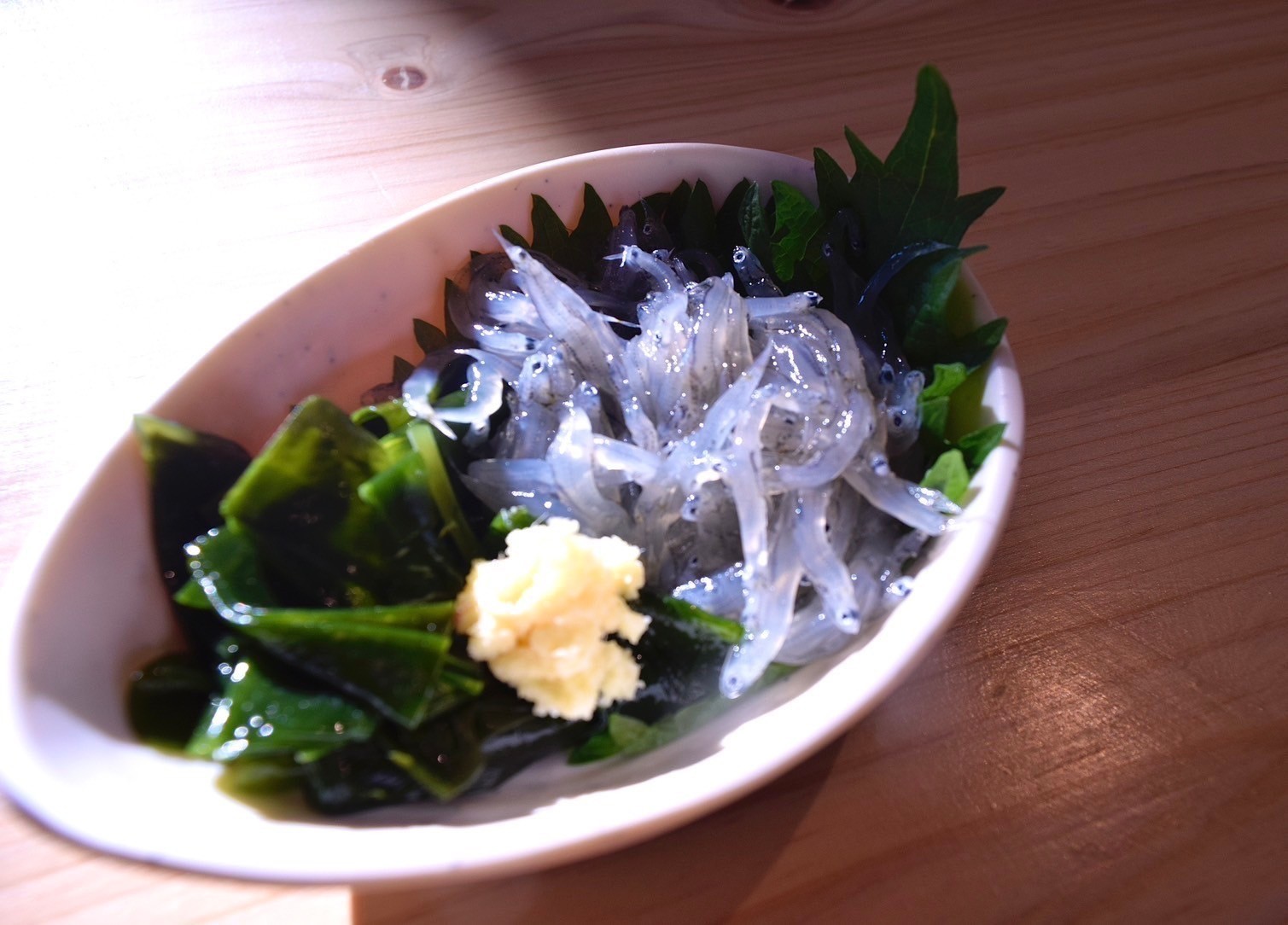
![[Make frozen oysters even more delicious! ] Correct thawing method and usage recipes](https://shunkashutou.com/wp-content/uploads/2023/10/5855c6e6d6dbdb298f86405b4b522329.jpg)
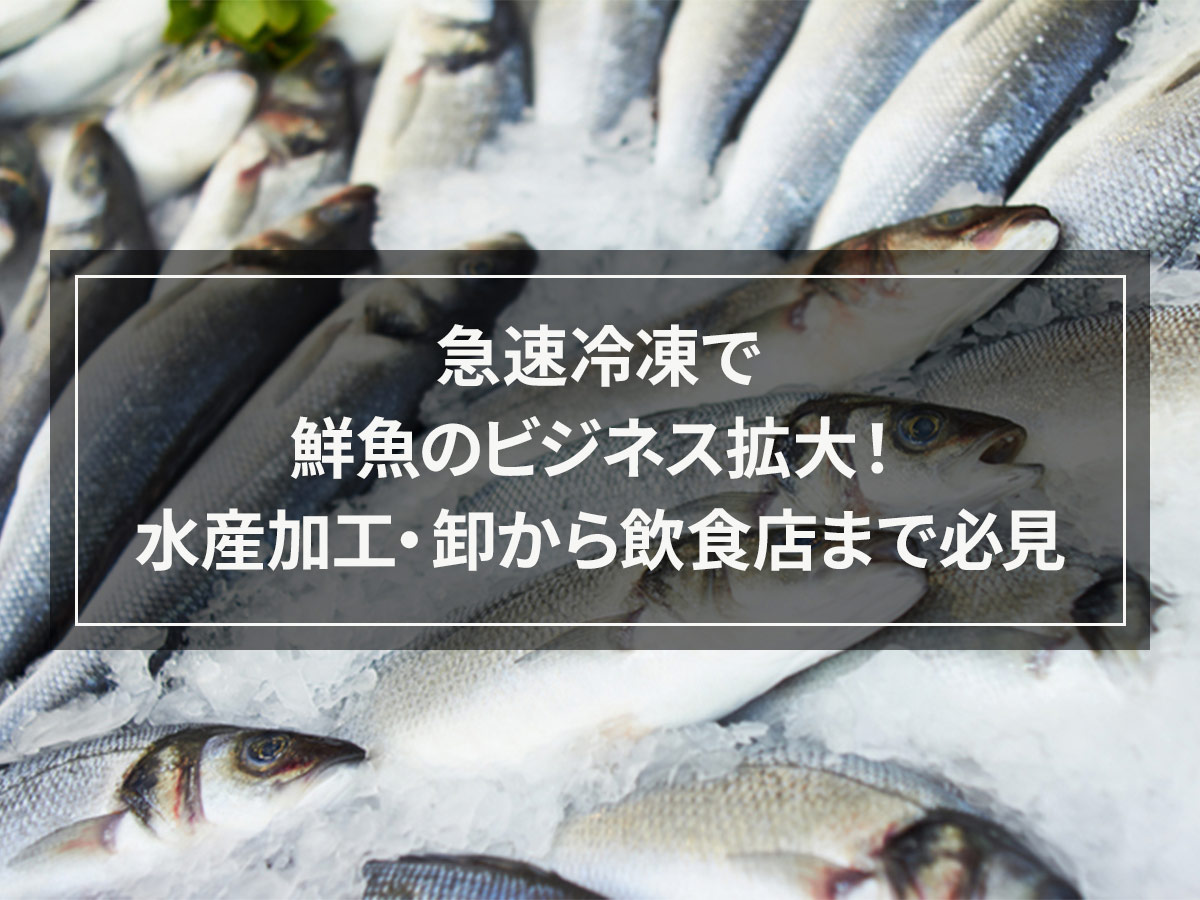
![[Achieving low cost and high quality] The problems of pubs can be solved with a quick freezer!](https://shunkashutou.com/wp-content/uploads/2024/09/11d55612344a4cbad2ad506ae700c81b.webp)

![[Current situation and countermeasures for food loss] What are efforts to reduce food waste and rapid freezing? ?](https://shunkashutou.com/wp-content/uploads/2024/04/ddc2c5b7fa32b837dcbdcd1ab68e9087.jpg)
![Explanation with photos of how to freeze miso soup and how to make miso balls [Carefully selected recipes]](https://shunkashutou.com/wp-content/uploads/2023/09/83d5bdbdcb7303dde33d5cf227b5ee9c-1.jpg)
![[Explanation with photos! ] How to freeze green beans, storage period, and 5 recipes](https://shunkashutou.com/wp-content/uploads/2023/09/f3dbbe5b1d05a50f514a833efdceced9.jpg)
![Introducing how to freeze burdock and recipes [Explanation with photos! ]](https://shunkashutou.com/wp-content/uploads/2023/09/0812c28da547fe267723143edad2bfed.jpg)

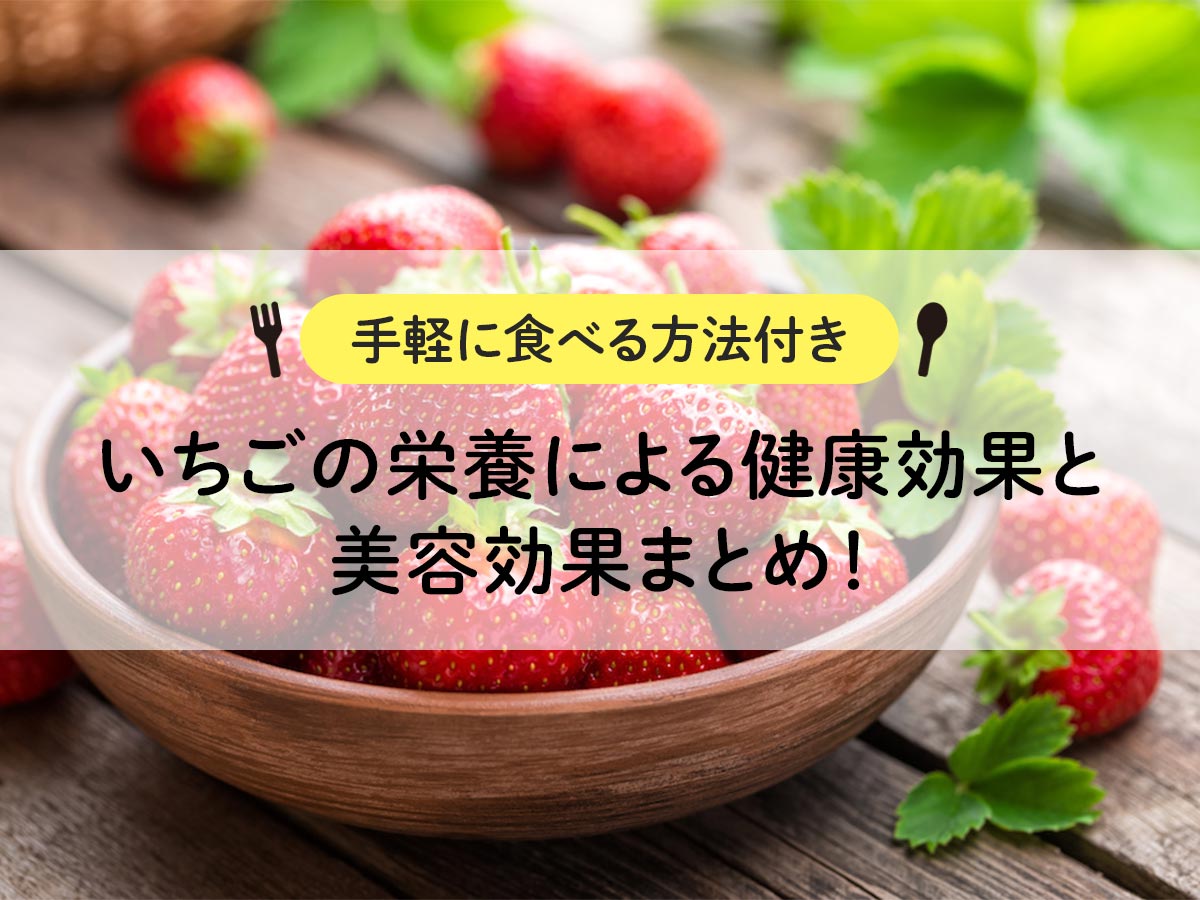
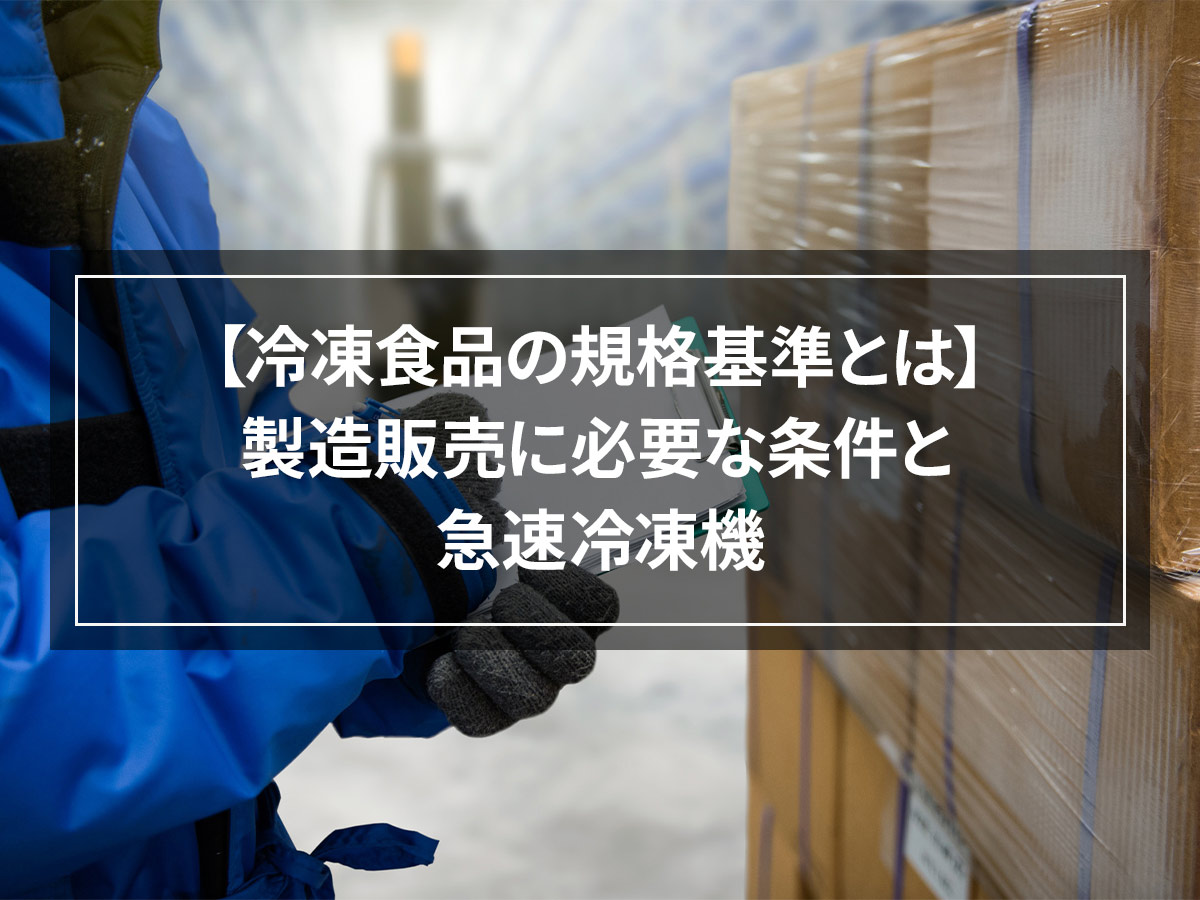
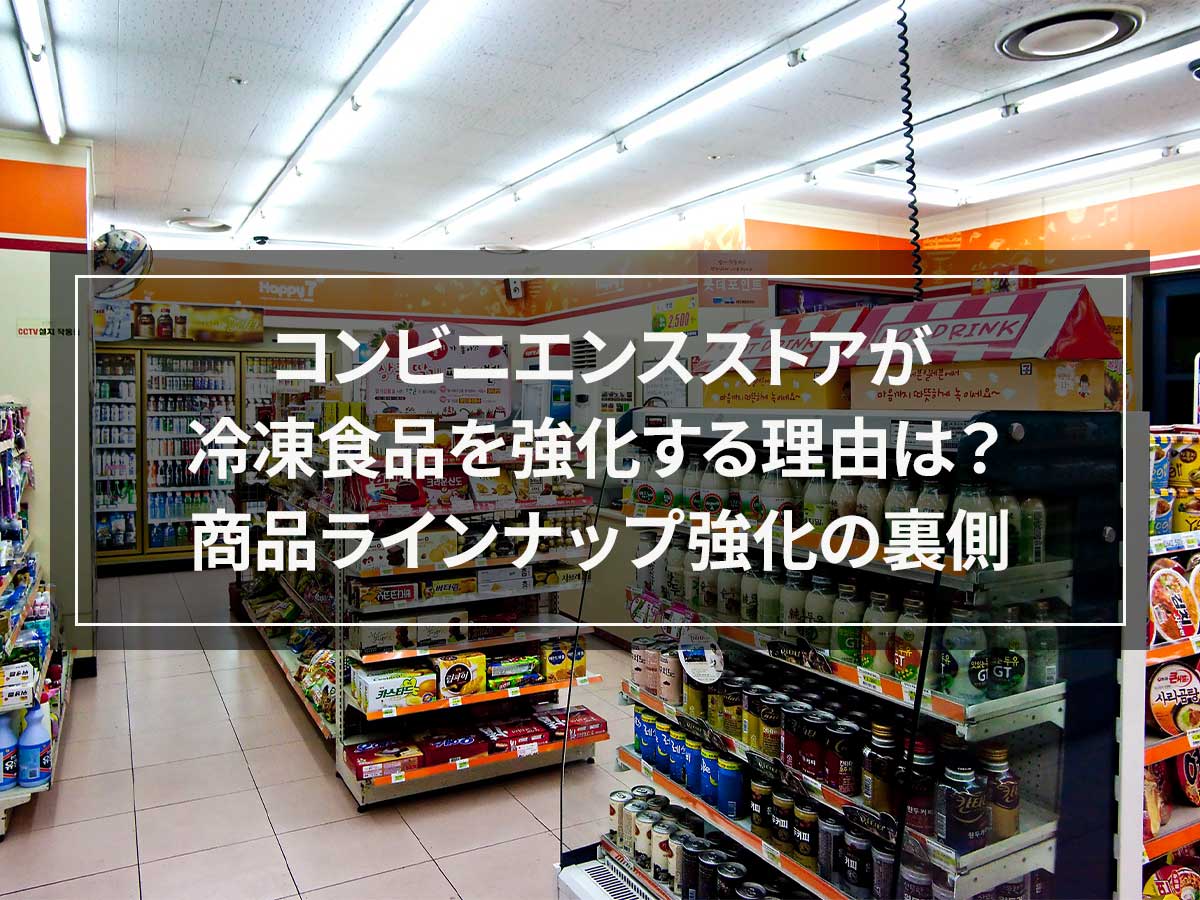
![[Thorough explanation! ] What is the distribution and cold chain that maintains the quality of frozen foods?](https://shunkashutou.com/wp-content/uploads/2016/11/ed15366b2a889239b39608c181587427.jpg)
![[Explanation of functions and issues] What is partial freezing, which slightly freezes food?](https://shunkashutou.com/wp-content/uploads/2017/04/ccae917b4f7af5ace617f93280a58247.jpg)
![[Fisheries/Fisheries Cooperative] Advantages and success stories of introducing rapid freezer](https://shunkashutou.com/wp-content/uploads/2015/05/jirei_suisan_img_01.jpg)
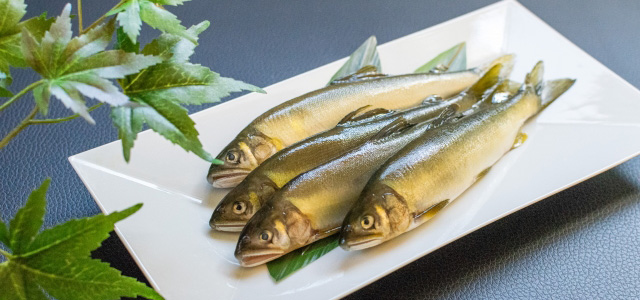
![[Safely distribute delicious fish! ] Kill Anisakis with rapid freezing technology!](https://shunkashutou.com/wp-content/uploads/2024/10/99093c5fe8b0d716c39df907616e4a96.webp)
![[Includes recommendations by industry] Summary of types and benefits of small rapid freezer](https://shunkashutou.com/wp-content/uploads/2020/12/smallsize.jpg)
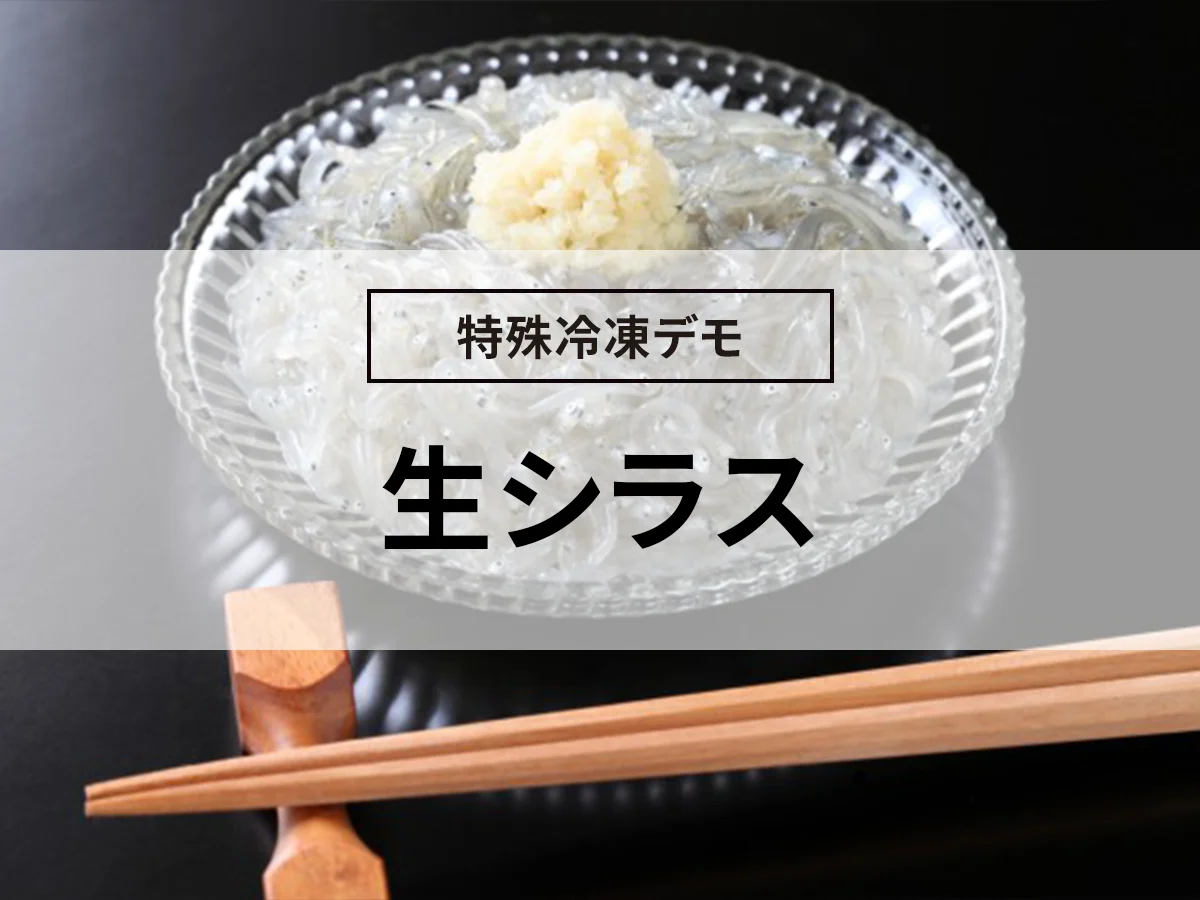

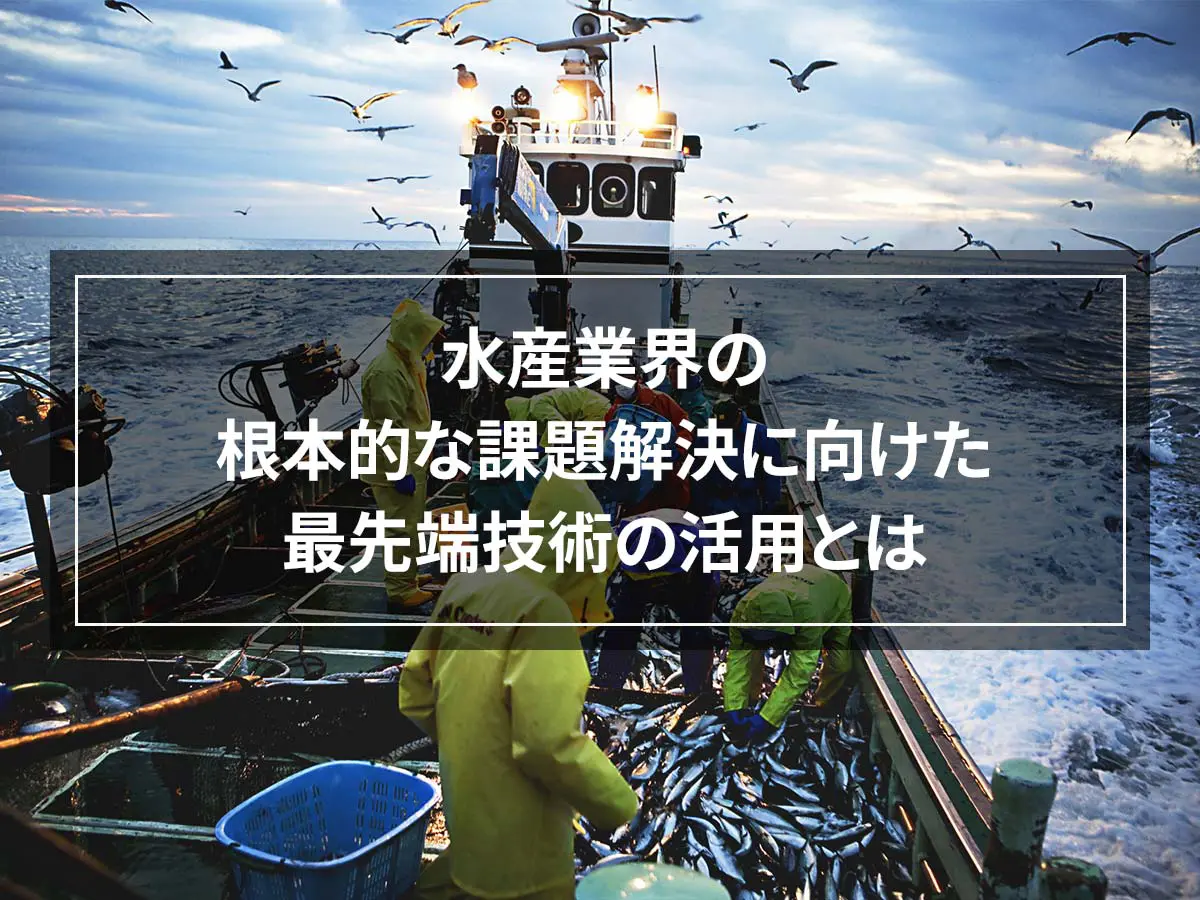
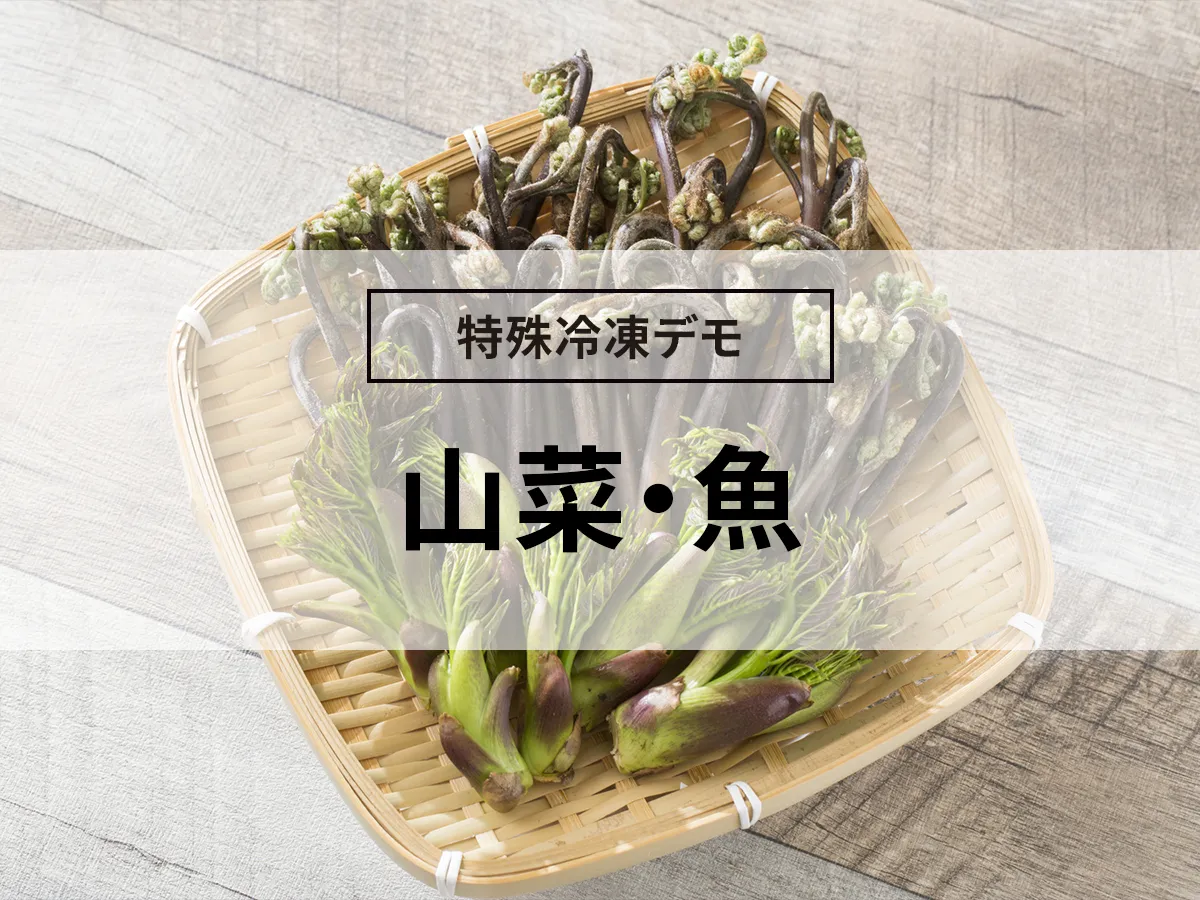
![[For vegetable processors] What is the blanching process that improves the quality of frozen vegetables?](https://shunkashutou.com/wp-content/uploads/2016/09/ad38a1a4c704bc39303ac1864f5b0b8d.jpg)
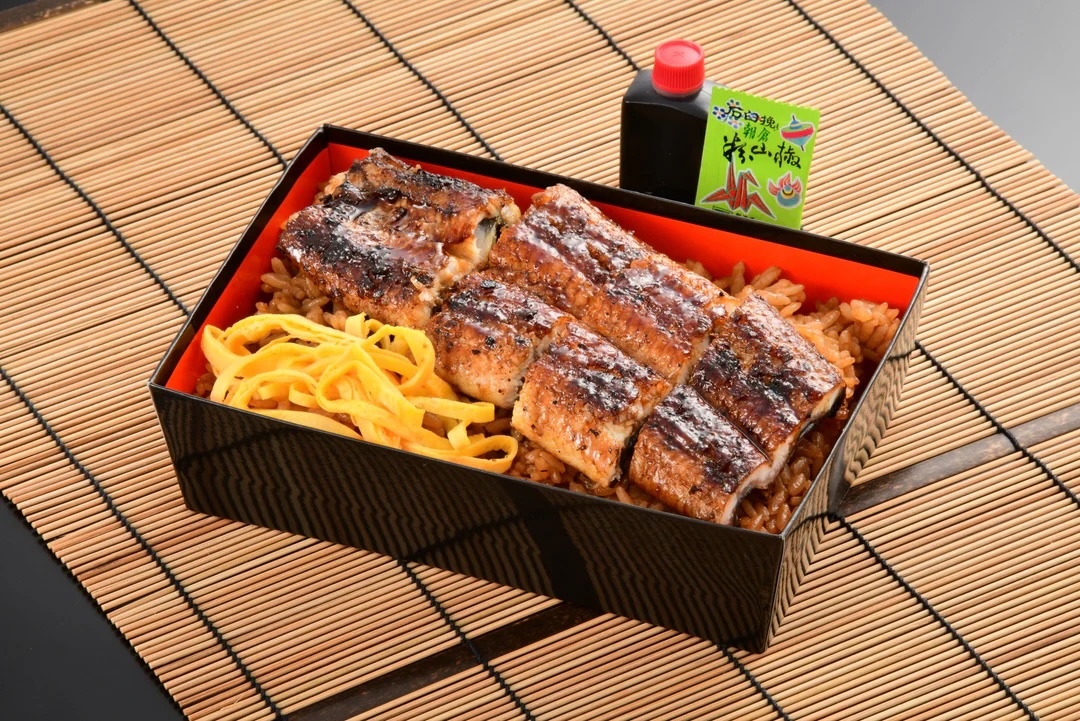
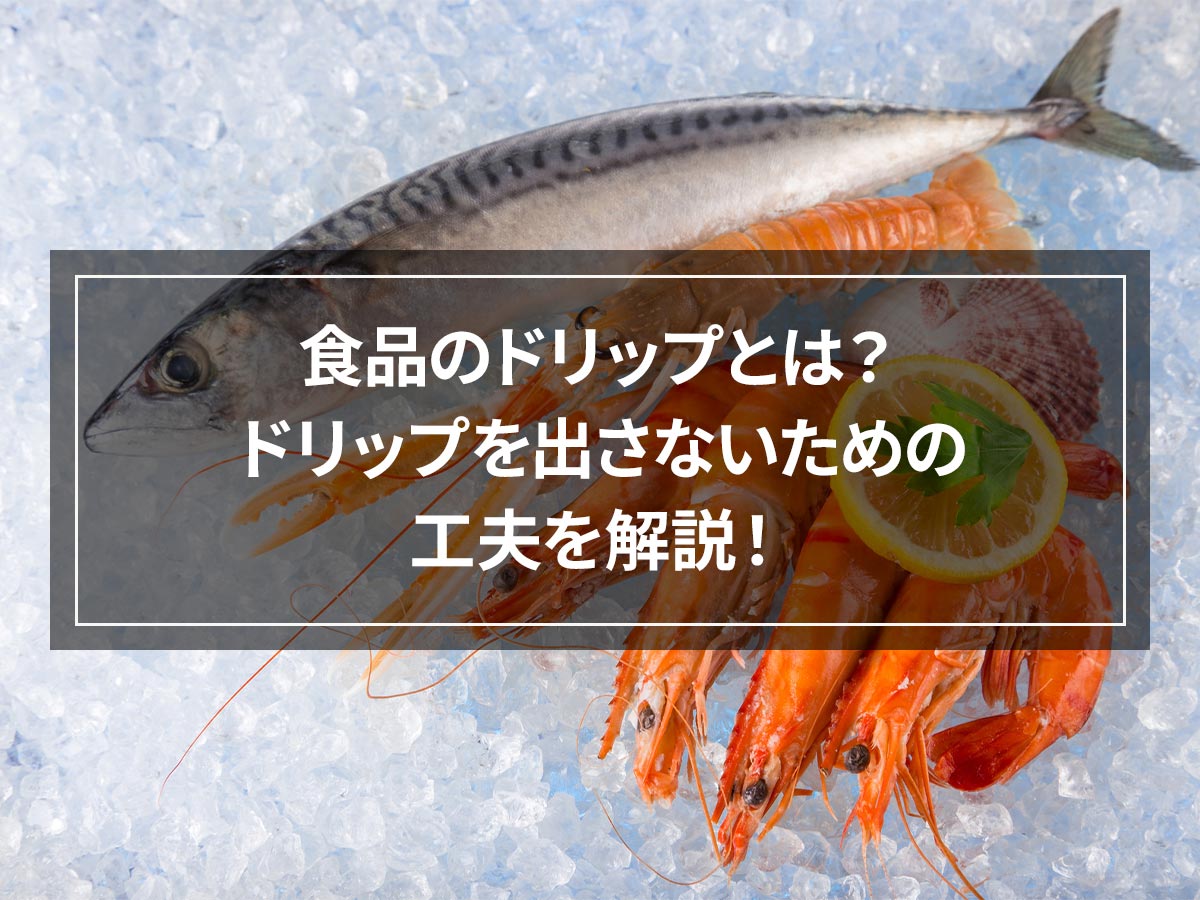
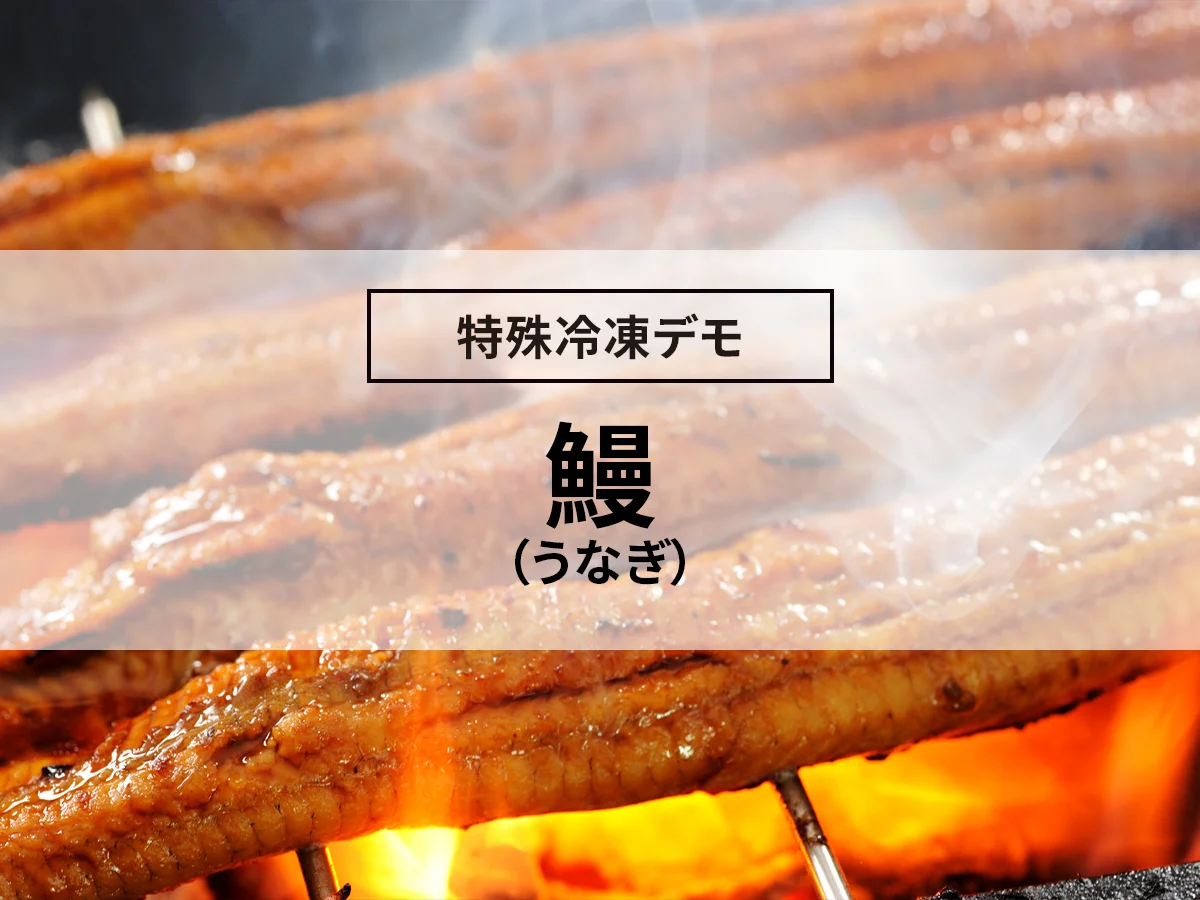
![[Can it be frozen?] Stew freezing method, storage period, and arrangement recipe](https://shunkashutou.com/wp-content/uploads/2023/10/f599b814ea21eef57604e4ceb2518d5b-1.jpg)
![Explaining how to freeze Maitake mushrooms, their nutritional value, and recipes! [Explanation with photos! ]](https://shunkashutou.com/wp-content/uploads/2023/09/9face03809f7fcaf2e3599773b2e8c80.jpg)
![Introducing how to freeze lettuce and recipes [Explanation with photos! ]](https://shunkashutou.com/wp-content/uploads/2023/09/e550b4a0d886ba3aa277d5d8fc87ba73.jpg)
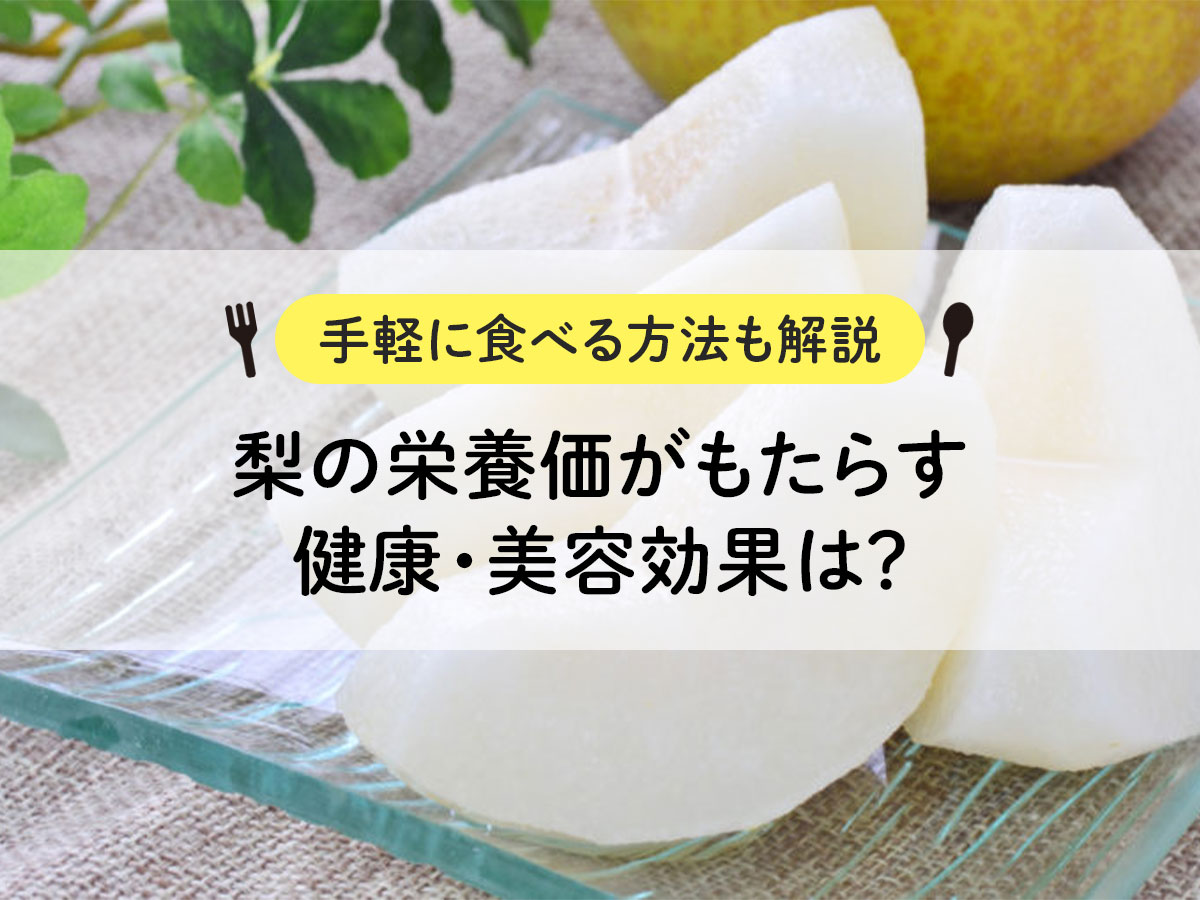
![[Improve customer satisfaction] What can be solved by introducing rapid freezer at a lunch box delivery company for the elderly?](https://shunkashutou.com/wp-content/uploads/2024/07/c8a5aa8730d5ae7441fd1aa6ee8757ef.webp)
![[Tips for making egg rolls that can be frozen] Introducing freezing methods, storage periods, and recipes!](https://shunkashutou.com/wp-content/uploads/2023/10/tamagoyaki-768x512-1.jpg)
![[Can it be frozen? ] How to freeze fresh cream, storage period, thawing method and 5 recipes!](https://shunkashutou.com/wp-content/uploads/2023/09/1887f5bd8f2d7f9ef1d88754f2c5bcc4.jpg)
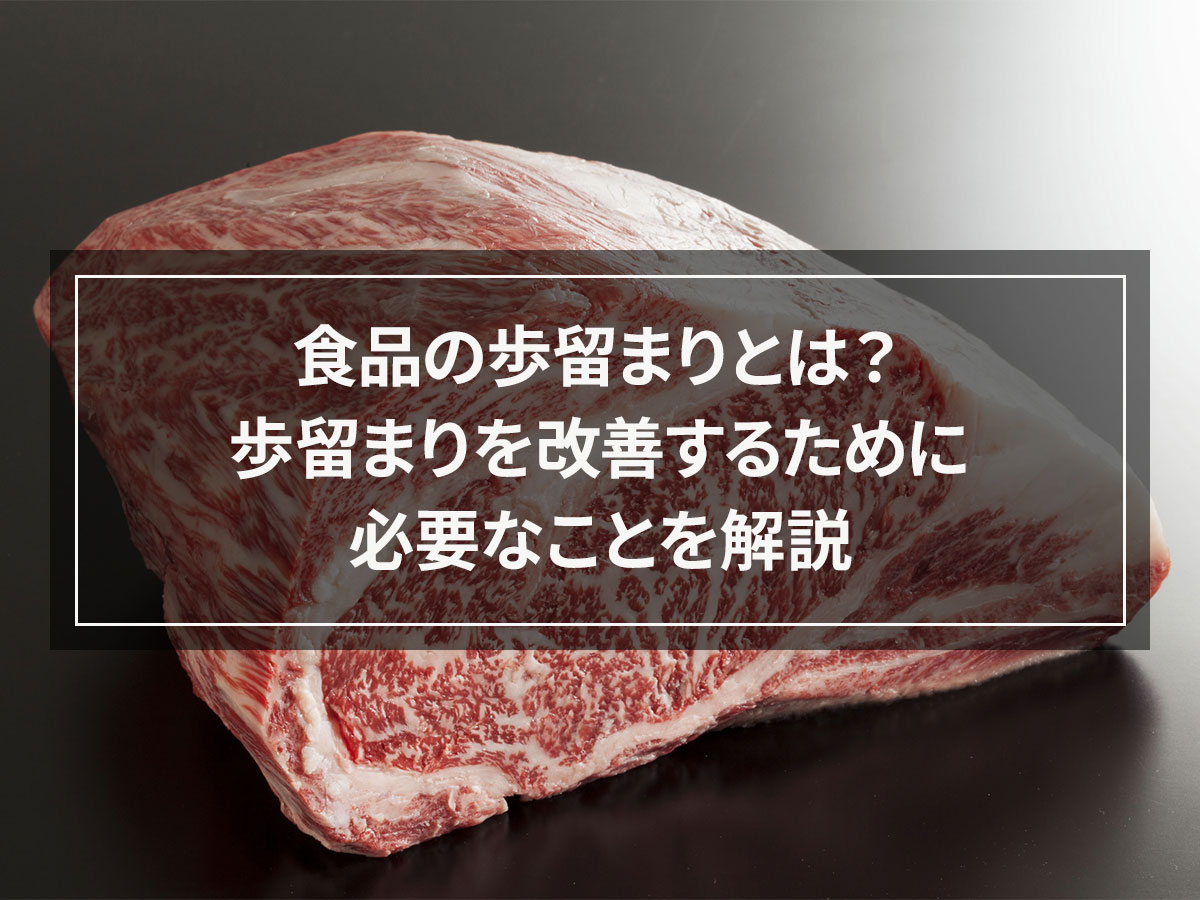
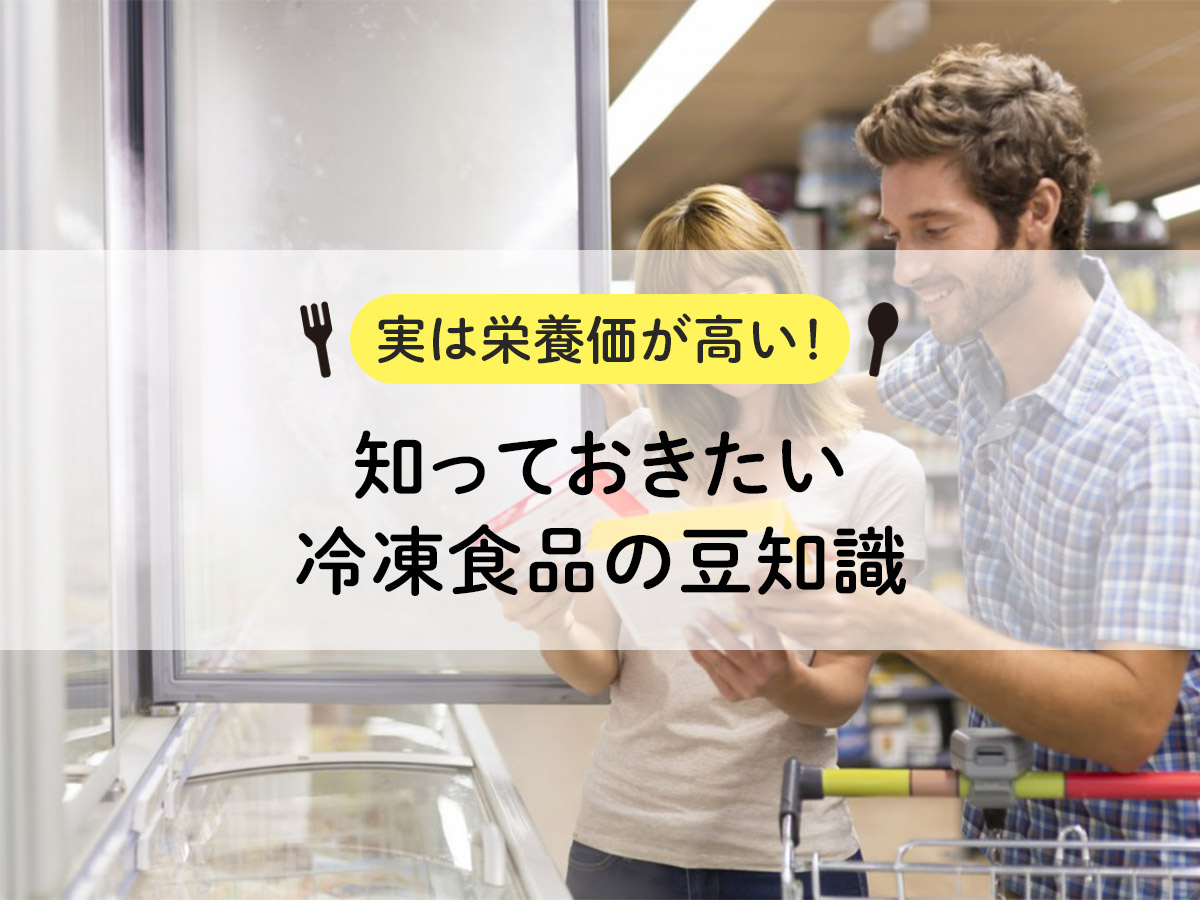
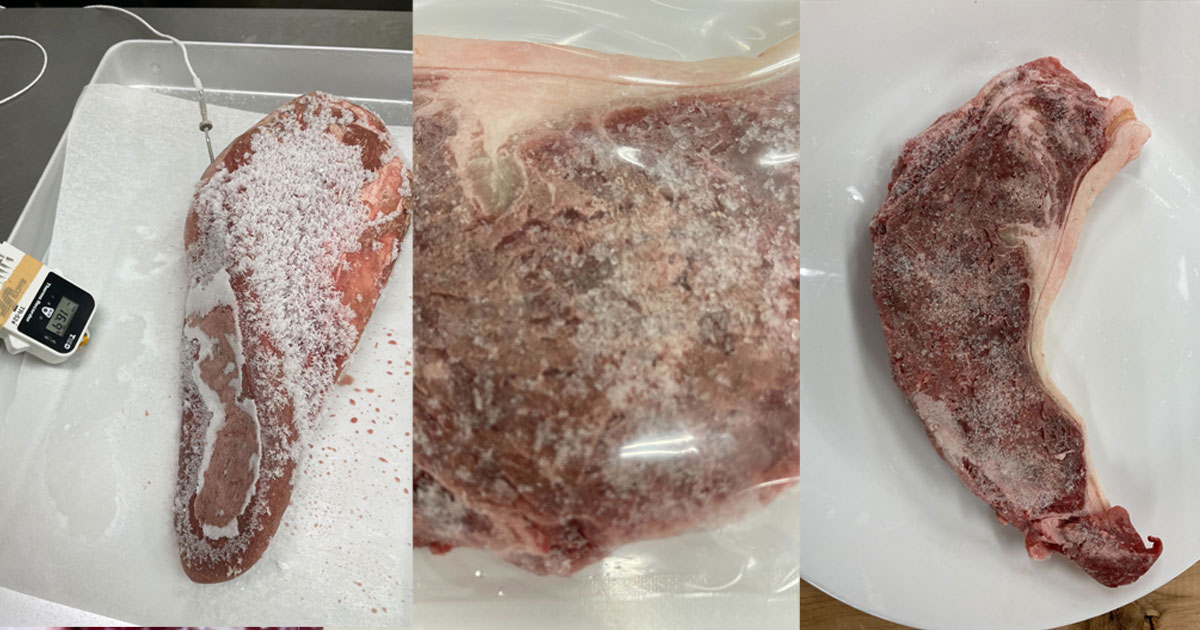
![How to freeze bitter gourd and 5 recipes! [Explanation with photos! ]](https://shunkashutou.com/wp-content/uploads/2023/09/8fe0cb793c93d4fd4c26f352d17e5b87.jpg)

![[Which products are popular? ! ] Recommended frozen food ranking](https://shunkashutou.com/wp-content/uploads/2023/08/frozen-food-ranking-1024x682-1.jpg)
